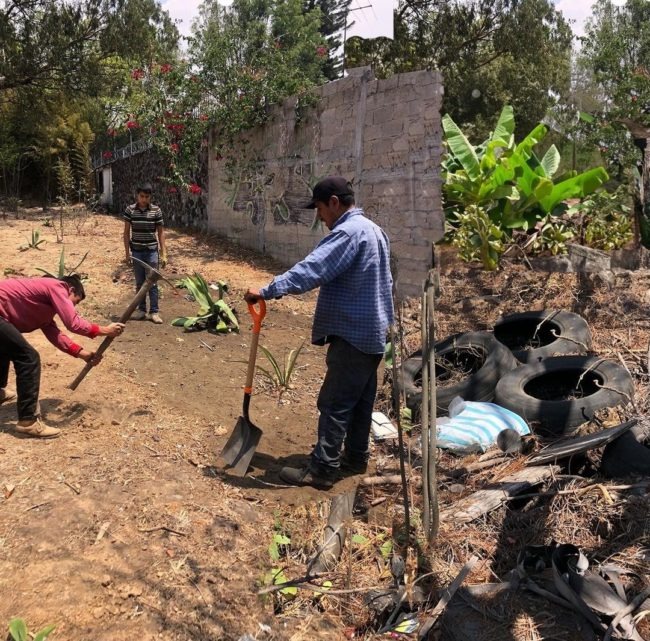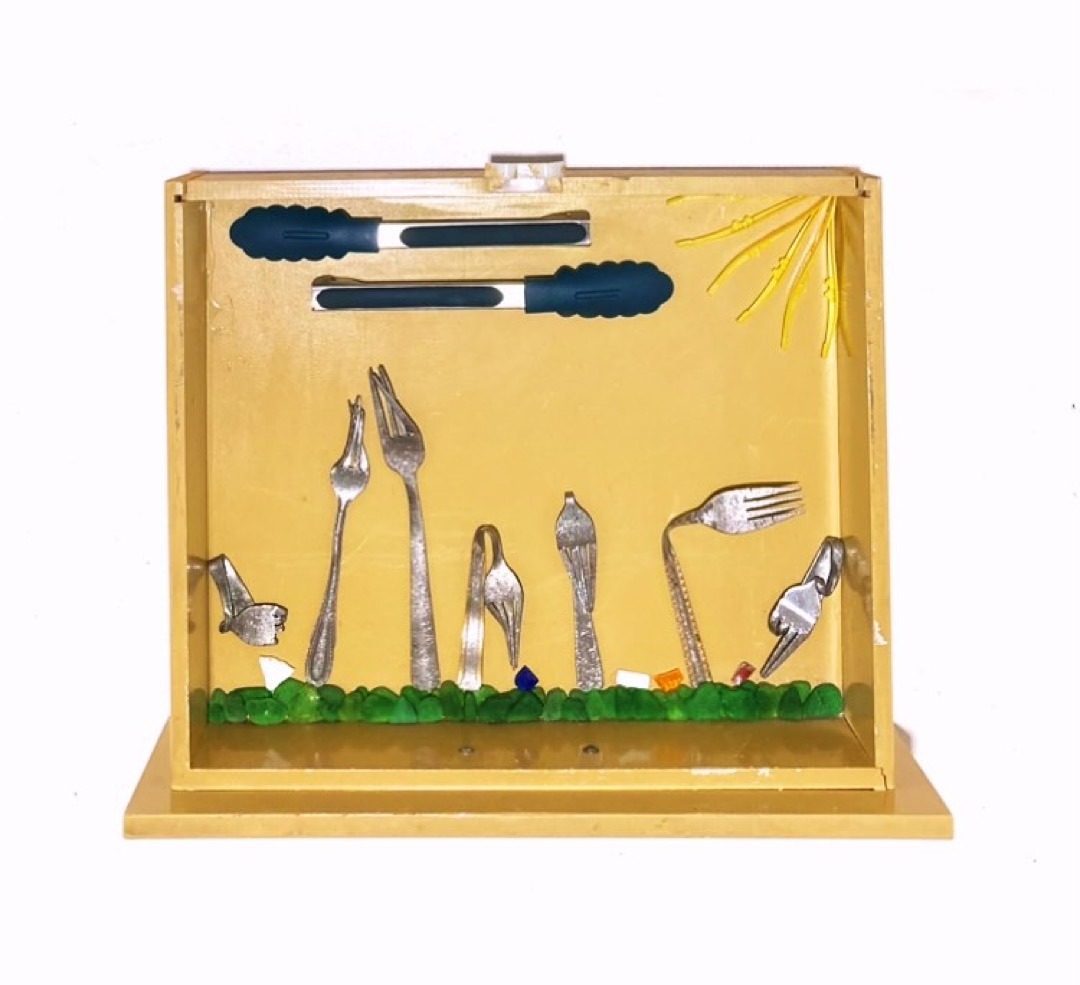Karen Viola
MAKE MENDS MEET
Mending a favorite sweater
I offer my small, artful task of mending a favorite sweater, a delightful process reflected in the result, a 5-inch diameter patch of cotton covering a big elbow hole and a spontaneously-invented stitch which was only possible because of another artist’s beautiful idea to organize a group, free and open to all, called ‘Make Mends Meet’ where “nothing is beyond mending and repair, including yourself.”
I uphold these resonating words of Kathrin Achenbach, which further describe her tactile textile initiative: “Mending is an act of defiance in a world, where we throw out what we don’t love or need any longer instead of sharing, repairing or reinventing what we already own. We repair the social fabric while mending clothes, shoes, pillows and everything else that’s soft and subject to wear and tear.“
These are no small acts. I sat for three hours with a number of very interesting people sharing threads, scraps, and stories. Connections were made and relationships seeded, not to mention my sweater looks better than ever!
How do we become resilient in the face of these overwhelmingly distressing times? Two words: Join others.
As Heinberg asserts: “Every action you take makes a difference one way or the other, and, if you give some thought to it, you can find actions big and small that will work for you, given your interests, skills, and opportunities.”
I have never been more aware of the importance of thoughtful actions now that I am new in town (Ithaca, land of Cayuga Nation). I am grateful to have found ‘Make Mends Meet’ and its umbrella organization, ‘The Soil Factory,’ an experimental space that explores art, science, and sustainability. I look forward to more joining and more thoughtful actions.
©2024 Karen Viola




